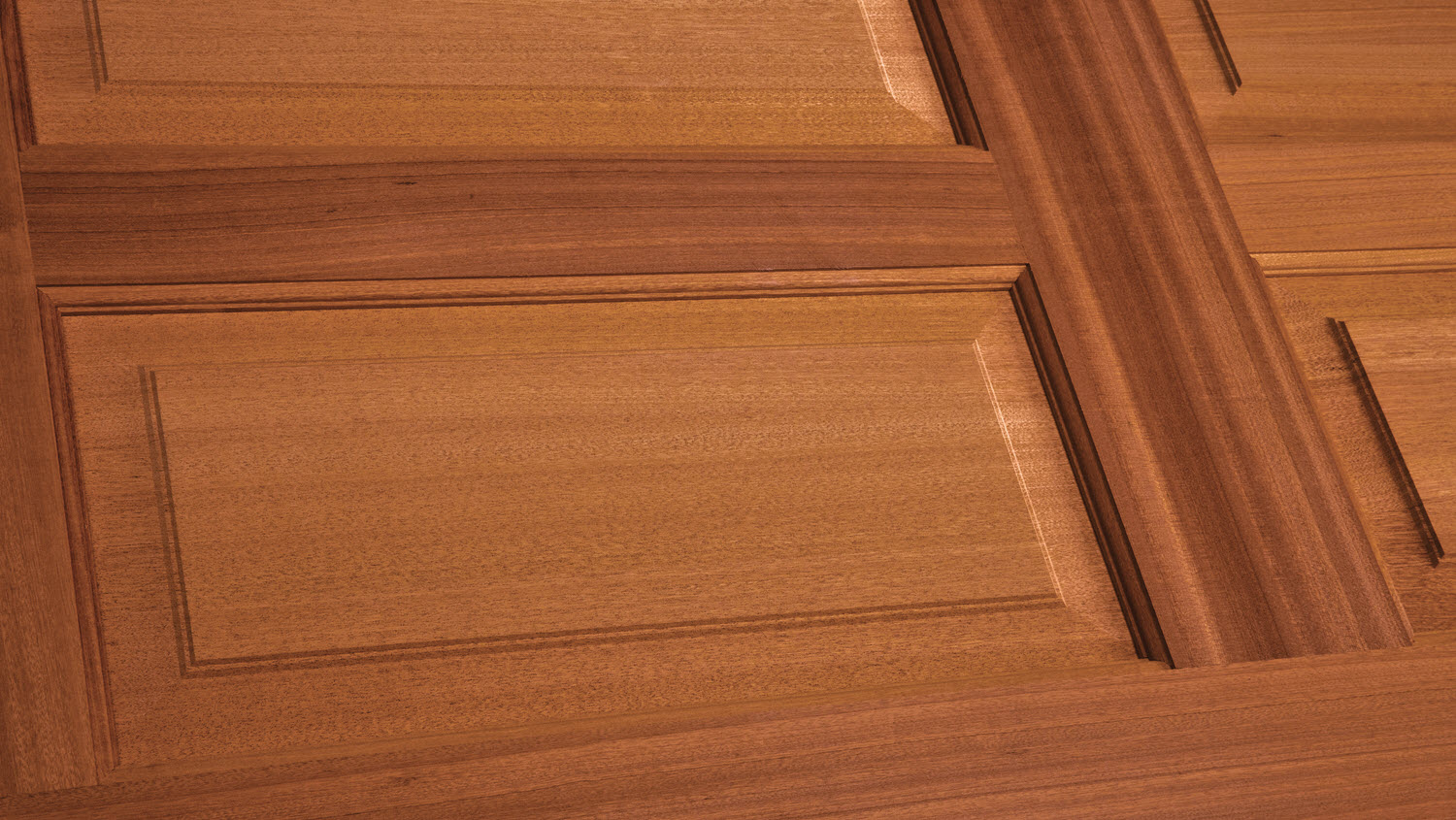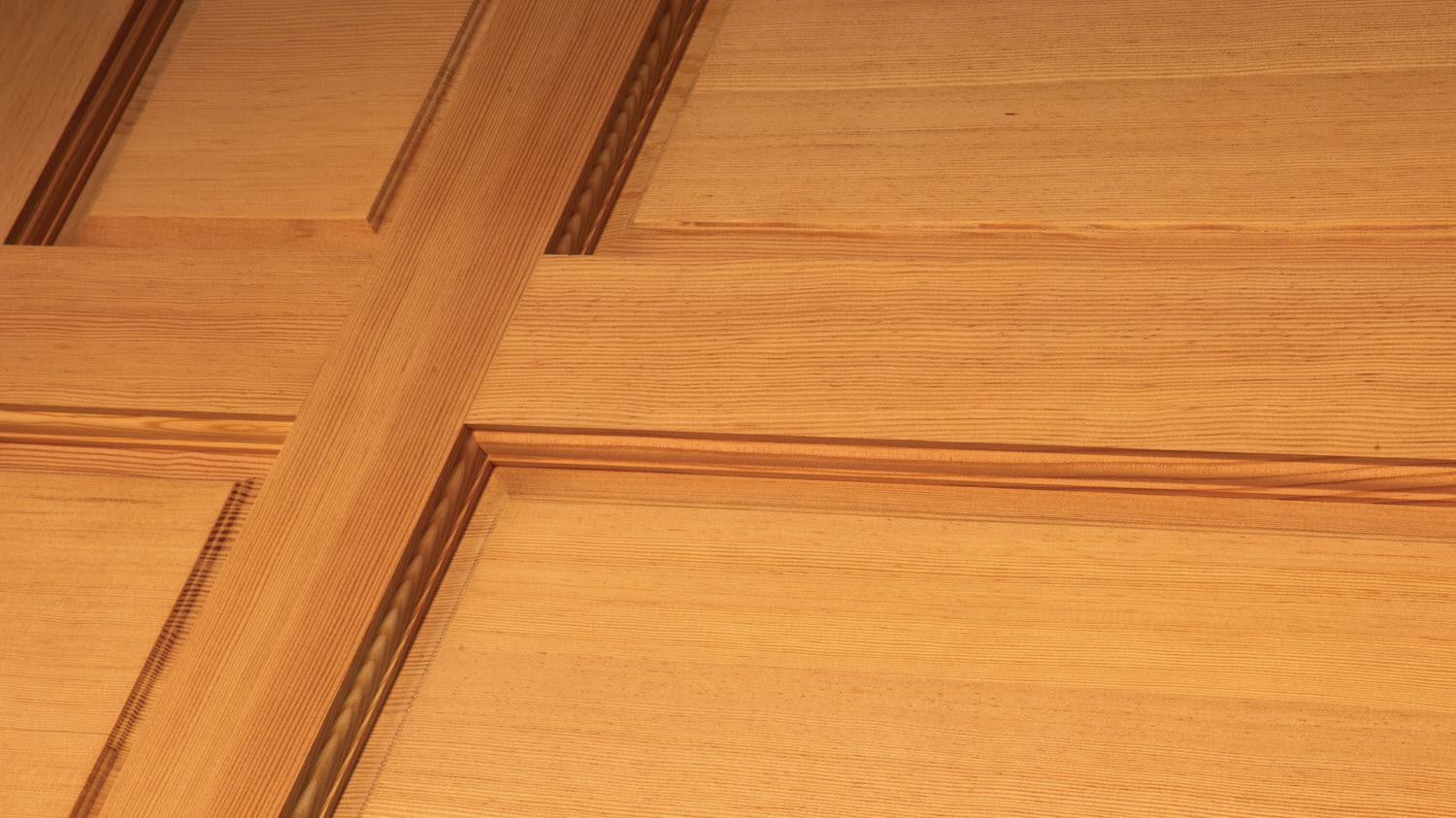Maintenance
Exterior wood doors are handcrafted to last for years to come, but, like any fine piece of furniture, its finish will require some simple, periodic maintenance to keep it looking great and provide proper protection against the elements. Regular finish maintenance is also a requirement of the warranty. Here are some signs to watch for. They indicate that it’s time for some simple, easy-to-perform maintenance:
- Hairline cracks in the top coat of finish.
- Changes in the color of the finish.
- Changes in the texture of the finish, such as flaking or scaling.
- Dullness or chalkiness in the finish.

If you live in a severe climate or your entry receives a lot of direct sunlight from a southern or western exposure, you’ll want to examine your door’s finish often. Depending on the conditions, you may also need to maintain the door finish more frequently. It is important to note that wood has inherent dynamic qualities. Over time, small surface “imperfections” may appear, and the door may shrink or swell slightly as it “breathes” with climate changes. These characteristics are perfectly normal, reflecting the natural aging process of a wood door, and they should not be considered defects. To minimize these occurrences, protect your door with the right finish and an adequate overhang.
Finishing
All surfaces of the door must be properly finished. The edges (top, bottom and sides) should be coated with each and every coat of finish that is applied to the exterior surface of the door. Doors must be dry before finishing. On doors that are glazed with clear glass, the finish used should be flowed from the wood slightly onto the glass. This will provide assurance against water leakage and protect the glazing compound “putty” from drying out. It is the finisher’s responsibility to protect glass prior to and during finishing. If using tape, conduct a test of the tape being used on a small area of the glass before applying to a large surface. After finishing, remove the tape as soon as possible.

The recommended process for finishing wood doors is a 3-step process.
- Step 1: application of a wood conditioner. A wood conditioner prepares the wood to accept finish uniformly and helps to spread the finish evenly. When selecting a wood conditioner, the type of conditioner needs to match the stain. For example a water-based conditioner for a water-based stain or an oil-based conditioner for an oil-based stain.
- Step 2: application of a stain. Stains are available in a wide range of colors. Whatever color you select should have an alkyd-resin base. Under no circumstances should a lacquer-based finish system be used on exterior doors.
- Step 3: application of at least three top coats of a clear finish. When selecting the finishes for these three steps, select products that have been designed to work together.The three (minimum) top coats may be a solvent-borne (oil-base, alkyd resin-base, polyurethane resin-base) or a water-borne (acrylic resin-base) clear finish.


